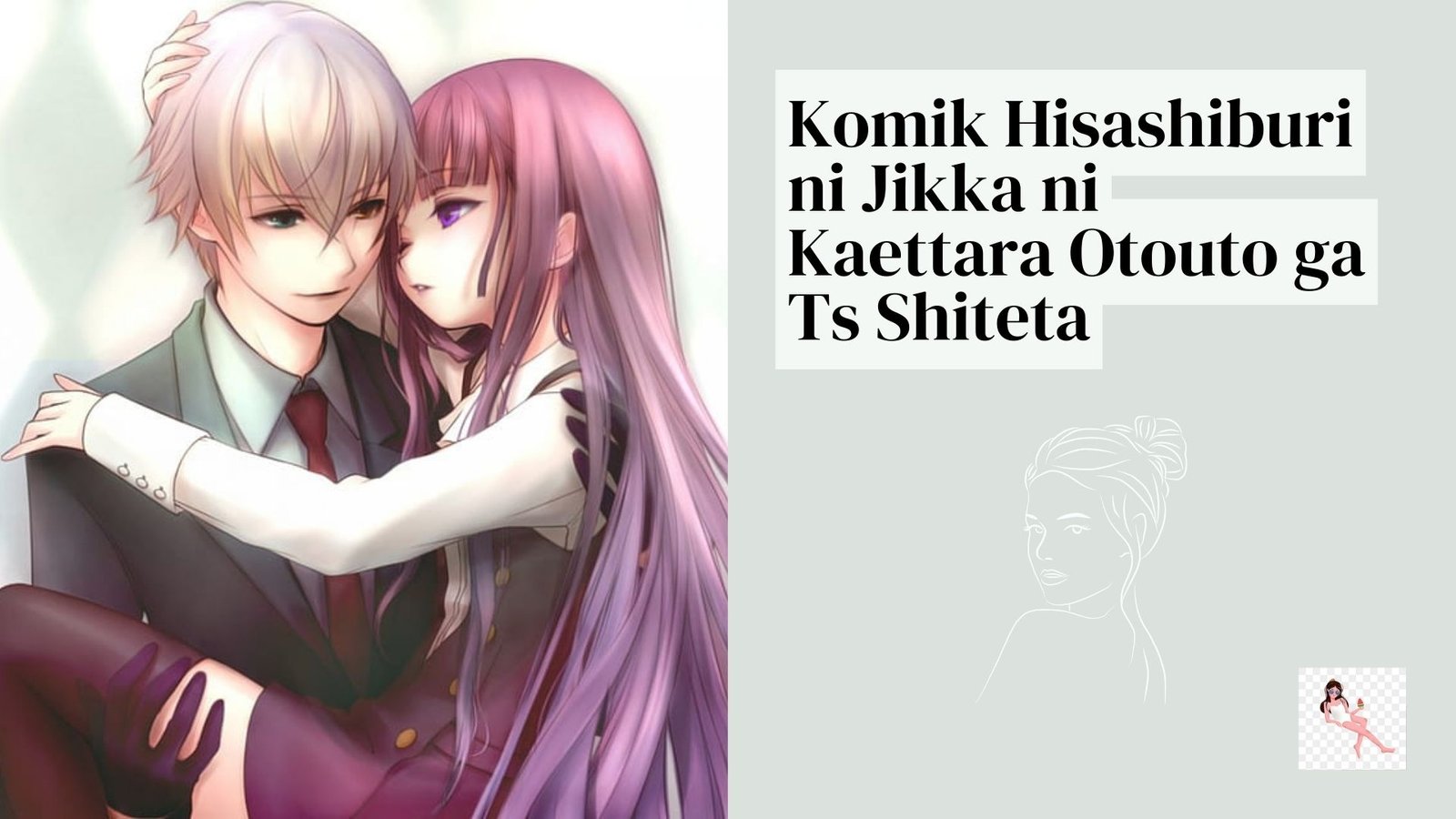Introduction:
In the dynamic world of entertainment, trends emerge and captivate audiences, offering unique insights into cultural nuances and storytelling styles. One such phenomenon making waves in Japan is the rising popularity of “Komik Hisashiburi ni Jikka ni Kaettara Otouto ga Ts Shiteta,” a comedic narrative that delves into the complexities of sibling relationships. This trend has gained traction, leaving audiences in stitches while shedding light on the intricacies of familial bonds.
Understanding “Komik Hisashiburi ni Jikka ni Kaettara Otouto ga Ts Shiteta”:
Translated as “After a Long Time, I Returned Home, and My Younger Brother Was Doing This,” this comedic genre often combines humor, relatable scenarios, and familial dynamics. The stories typically revolve around individuals who, after an extended absence, return home to find their younger siblings engaging in unexpected or humorous activities. The narratives cleverly weave situational comedy with the universal theme of familial relationships.
Exploring the Humorous Dynamics of Sibling Relationships:
At the heart of this trend is a deep exploration of the sibling dynamic, showcasing the quirks, idiosyncrasies, and shared history that make these relationships unique. The comedic elements often stem from the contrast between the protagonist’s expectations and the reality of their siblings’ lives. From peculiar hobbies to surprising career choices, the stories highlight the humor found in the unexpected.
Social Commentary and Cultural Significance:
Beyond the laughter-inducing scenarios, “Komik Hisashiburi ni Jikka ni Kaettara Otouto ga Ts Shiteta” offers a lens through which to examine contemporary Japanese society. The narratives touch upon societal norms, generational shifts, and the evolving nature of familial expectations. By blending humor with social commentary, the genre resonates with audiences, sparking conversations about cultural shifts and the changing dynamics within Japanese families.
The Role of Technology and Social Media:
In many instances, the comedic narratives are intertwined with modern technology and social media, reflecting the influence of these elements on Japanese society. The use of technology serves as a backdrop for the humor, adding a layer of relatability for audiences who navigate similar situations in their daily lives.
Global Appeal and Cross-Cultural Understanding:
While rooted in Japanese culture, the themes explored in “Komik Hisashiburi ni Jikka ni Kaettara Otouto ga Ts Shiteta” hold a universal appeal. Sibling relationships, family dynamics, and the humor derived from everyday situations are themes that resonate with audiences worldwide. This cross-cultural appeal contributes to the genre’s popularity beyond Japan’s borders, fostering a sense of shared experiences and understanding.
Conclusion:
“Komik Hisashiburi ni Jikka ni Kaettara Otouto ga Ts Shiteta” stands as a testament to the power of humor in storytelling, offering a delightful exploration of sibling relationships within the Japanese cultural landscape. As this trend continues to gain momentum, it not only provides entertainment but also invites audiences to reflect on the shared hilarity and challenges embedded in familial bonds. In a world where laughter is a universal language, this genre serves as a bridge, connecting people through the joyous exploration of the everyday absurdities found in family life.
Read more: click here
